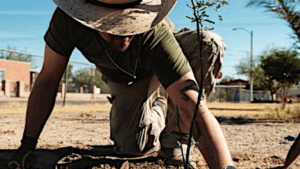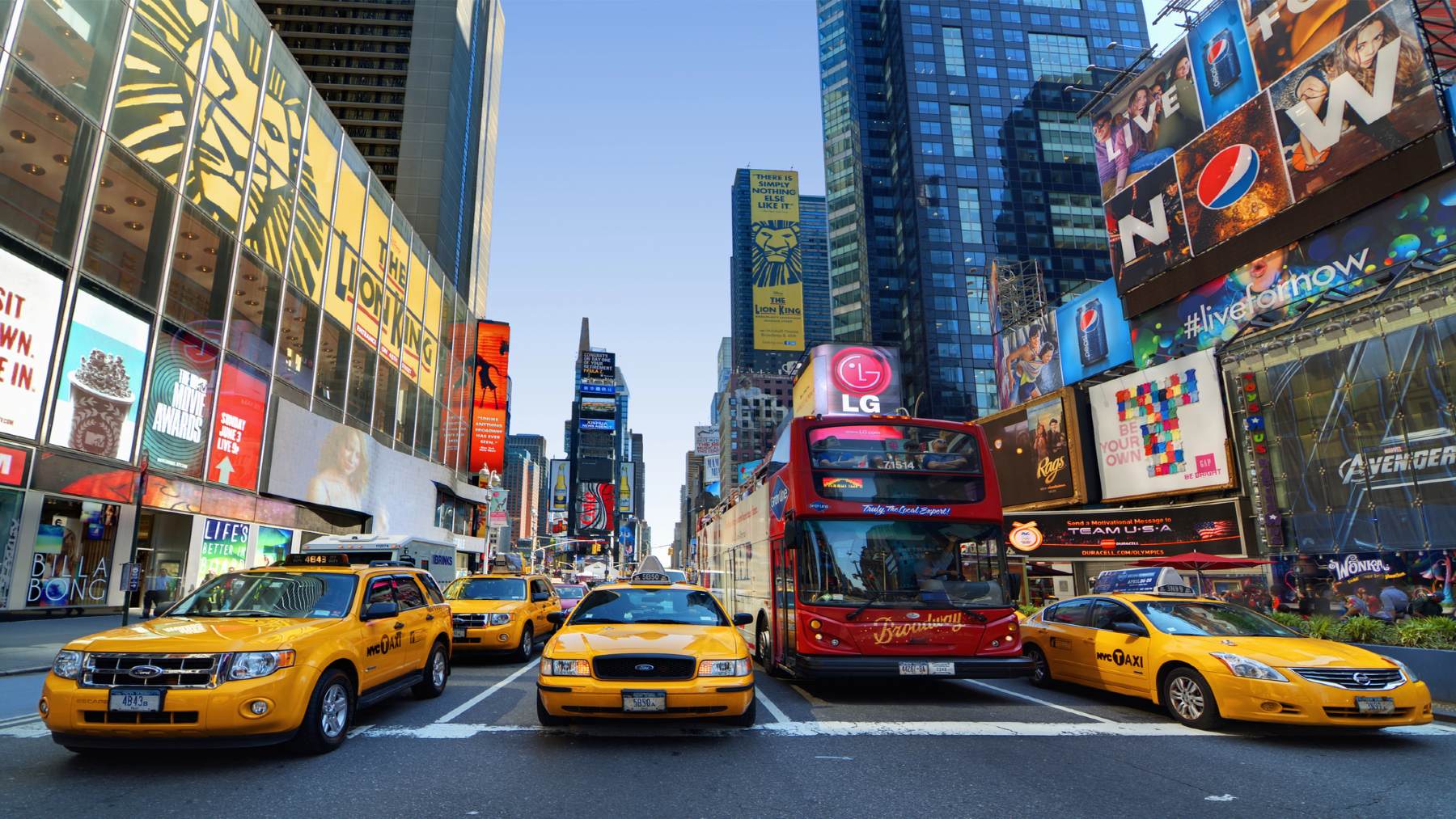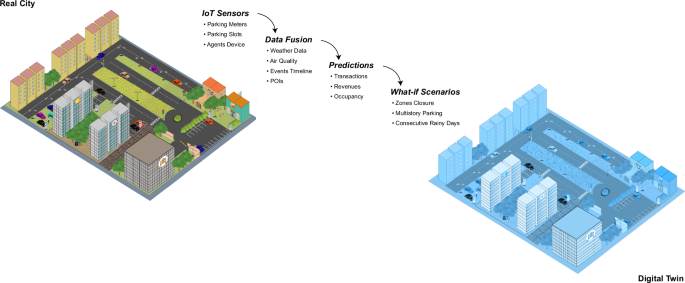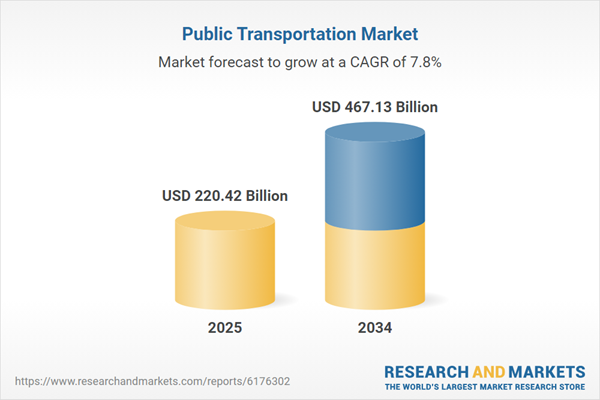Report on the Arizona Green Campus Grant Initiative and its Contribution to Sustainable Development Goals
Overview and Strategic Alignment
The Arizona Department of Forestry and Fire Management has initiated an application period for its Green Campus Grant, a component of the Community Challenge Grants program. This initiative is designed to advance the development of green spaces and sustainable urban forestry, directly aligning with several key United Nations Sustainable Development Goals (SDGs).
- Program Focus: The grant targets K-12 schools, healthcare facilities, and faith-based institutions.
- Application Period: Applications are accepted until November 13th.
- Funding Model: The grant requires no matching funds, aiming to support projects that may lack traditional budget allocations.
Core Objectives and SDG Impact
The grant’s theme, “Native trees in education, function, design, and use,” provides a framework for local action that supports global sustainability targets. The program’s objectives demonstrate a multi-faceted approach to community development and environmental stewardship.
- SDG 11 (Sustainable Cities and Communities) & SDG 3 (Good Health and Well-being): By funding the creation of green spaces on school, healthcare, and community campuses, the grant directly contributes to making community hubs more sustainable, inclusive, and resilient. Access to green spaces is proven to enhance physical and mental well-being.
- SDG 15 (Life on Land) & SDG 13 (Climate Action): The specific emphasis on planting native trees supports local biodiversity and the restoration of terrestrial ecosystems. Sustainable urban forestry programs are a critical tool for climate change mitigation and adaptation at the local level.
- SDG 4 (Quality Education): Incorporating green campus projects into K-12 school environments provides tangible, hands-on educational opportunities, creating living laboratories for students to learn about environmental science and sustainability.
- SDG 17 (Partnerships for the Goals): The grant is structured to encourage citizen involvement and foster partnerships between a state agency and local institutions, embodying the collaborative spirit required to achieve the SDGs.
Grant Parameters and Implementation
All projects selected for funding under this initiative must adhere to a specific timeline and set of reporting requirements to ensure accountability and successful implementation.
- The application period concludes on November 13th.
- All funded projects must be completed within a one-year timeframe.
- A final project presentation is mandatory at the annual Grantee Showcase, held in the fall, to share outcomes and best practices.
Analysis of Sustainable Development Goals (SDGs)
1. Which SDGs are addressed or connected to the issues highlighted in the article?
The article on the Arizona Department of Forestry and Fire Management’s Green Campus Grant connects to several Sustainable Development Goals (SDGs) through its focus on promoting green spaces, urban forestry, and community involvement.
- SDG 11: Sustainable Cities and Communities: The core of the grant program is to create “sustainable urban and community forestry programs.” By funding the development of “green spaces” on various campuses, it directly contributes to making community areas more sustainable, pleasant, and resilient.
- SDG 15: Life on Land: The grant’s theme emphasizes planting “Native trees.” This focus supports local biodiversity, contributes to afforestation efforts on a micro-level, and promotes the sustainable management of local ecosystems within urban environments.
- SDG 4: Quality Education: The grant specifically targets “K-12 school” campuses with a theme of “Native trees in education.” This implies using these new green spaces as living classrooms to educate students about ecology, sustainability, and local nature, aligning with education for sustainable development.
- SDG 13: Climate Action: While not explicitly stated, planting trees and creating green spaces in urban areas are recognized methods for climate change adaptation and mitigation. Trees help reduce the urban heat island effect, improve air quality, and sequester carbon, thus contributing to climate action at a local level.
2. What specific targets under those SDGs can be identified based on the article’s content?
Based on the program’s objectives described in the article, several specific SDG targets can be identified:
- Target 11.7: “By 2030, provide universal access to safe, inclusive and accessible, green and public spaces…” The grant’s primary goal is to fund and create “green spaces” on school, healthcare, and faith-based campuses. These campuses serve as community hubs, and enhancing them with green areas directly supports this target by increasing the availability of accessible green spaces for students, patients, and community members.
- Target 15.2: “…promote the implementation of sustainable management of all types of forests, halt deforestation, restore degraded forests and substantially increase afforestation and reforestation globally.” The grant’s focus on “long-term and sustainable urban and community forestry programs” and planting “native trees” is a direct form of local afforestation and promotes sustainable management of urban green infrastructure.
- Target 4.7: “By 2030, ensure that all learners acquire the knowledge and skills needed to promote sustainable development, including, among others, through education for sustainable development…” The grant’s theme of using “Native trees in education” on “K-12 school” campuses directly facilitates education for sustainable development by providing tangible, natural resources for learning.
3. Are there any indicators mentioned or implied in the article that can be used to measure progress towards the identified targets?
The article implies several practical indicators that could be used to measure the success and impact of the Green Campus Grant program:
- Number of projects funded: The announcement of an open application period implies that a certain number of projects will be selected. This number serves as a direct indicator of the program’s activity and reach.
- Area of green space created: The goal to “promote green spaces” suggests that a key metric for success would be the total square footage or acreage of green campus areas developed through the grant funding.
- Number of native trees planted: Given the specific theme of “Native trees,” counting the number of trees planted is a straightforward and relevant indicator for progress towards Target 15.2.
- Level of citizen involvement: The program encourages “citizen involvement.” Progress could be measured by tracking the number of volunteers, community members, or students participating in the planning, planting, and maintenance of the green spaces.
- Project completion rate: The requirement that “All projects selected for funding will need to be completed within one year” establishes a clear indicator of project implementation efficiency.
4. Summary Table of SDGs, Targets, and Indicators
| SDGs | Targets | Indicators (Implied from the article) |
|---|---|---|
| SDG 11: Sustainable Cities and Communities | Target 11.7: Provide universal access to safe, inclusive and accessible, green and public spaces. |
|
| SDG 15: Life on Land | Target 15.2: Promote the implementation of sustainable management of all types of forests… and substantially increase afforestation and reforestation. |
|
| SDG 4: Quality Education | Target 4.7: Ensure that all learners acquire the knowledge and skills needed to promote sustainable development. |
|
| SDG 13: Climate Action | Target 13.3: Improve education, awareness-raising and human and institutional capacity on climate change mitigation, adaptation… |
|
Source: dailydispatch.com






